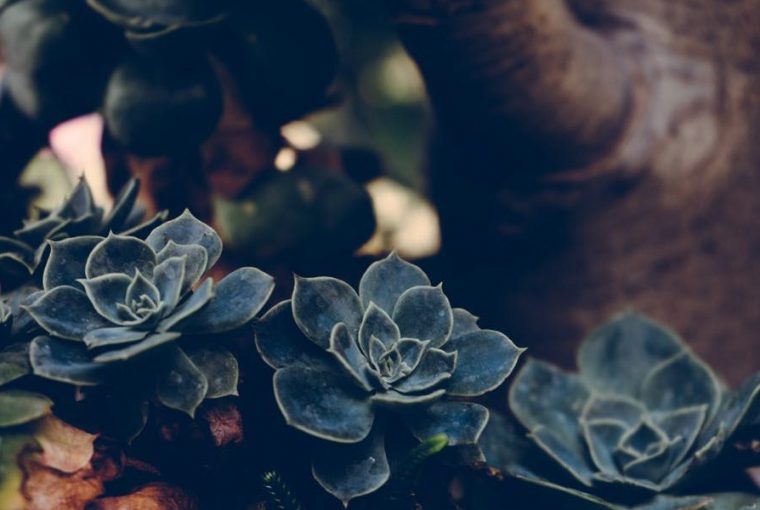It was Audrey Hepburn who said, “to plant a garden is to believe in tomorrow”. But what type of plants should we have in our gardens, given the current water shortage? Pam Golding Properties asked Starke Ayres Garden Centre for advice on how to keep gardens looking beautiful during these water-scarce times.
- Look for plants that have small or needle-like leaves, as the smaller surface area means that less water is lost through evaporation. Plants include ericas, most arcadias, rosemary, origanum and thyme.
- Plants with succulent leaves store water in their thick, fleshy leaves. These include crassulas, aloes, echeverias and vygies.
- Plants with grey leaves reflect the sun’s rays away from the plant, which keeps the plant cooler and reduces water use. Look for plants such as lavender, Artemisia, arctotis and honey flower
- Hairy-leaved plants also slow down water loss. Suitable plants include the silver tree, lamb’s ear, beach salvia and helichrysum.
- Consider container gardening. Keeping plants well-fed and weed-free is much easier if they are contained in a smaller area. You can grow a container garden anywhere – on your patio, balcony and even on a windowsill.
- By placing mulch on the surface of soil, you trap more moisture for your plants and reduce the amount of water lost through evaporation. Mulch is any material that can be placed on the soil’s surface – such as stones, compost or bark chips.
- While grey water can be used to irrigate some parts of your garden, remember to avoid using it on your vegetable patch or fruit that will be eaten raw. Plants that thrive with grey water include olives, rosemary, bougainvillea, lavender, Cape honeysuckle, Italian cypress, bearded iris and petunias.
Download the Pam Golding Guide to Biodiversity
Posted by The Know - Pam Golding Properties





